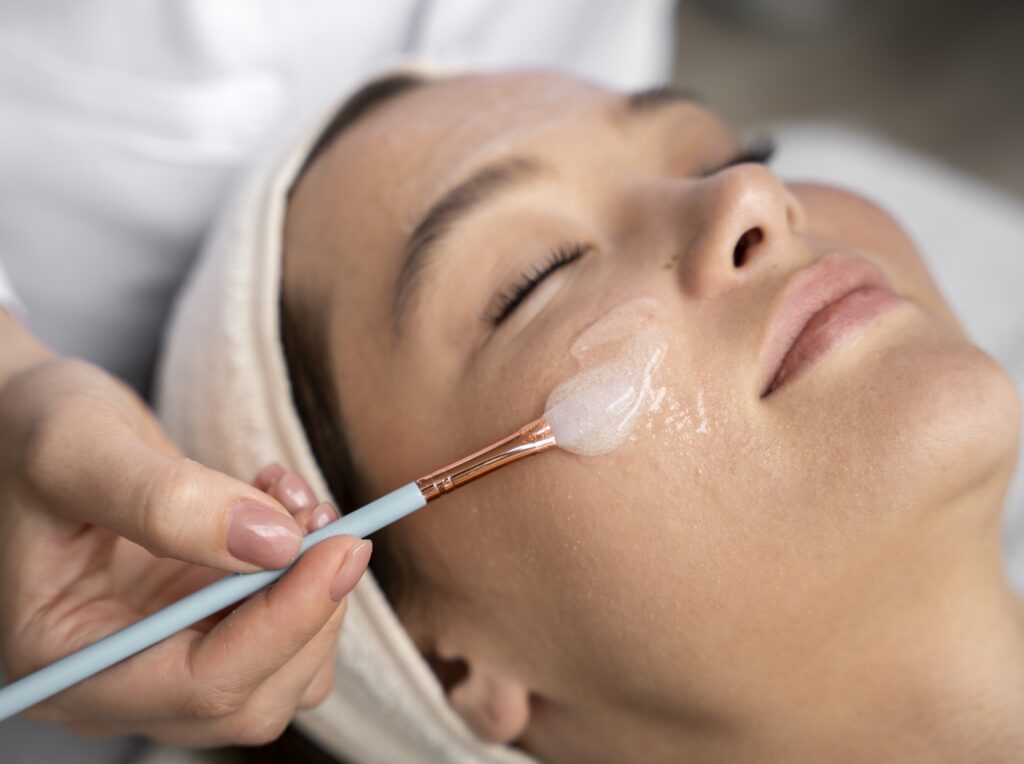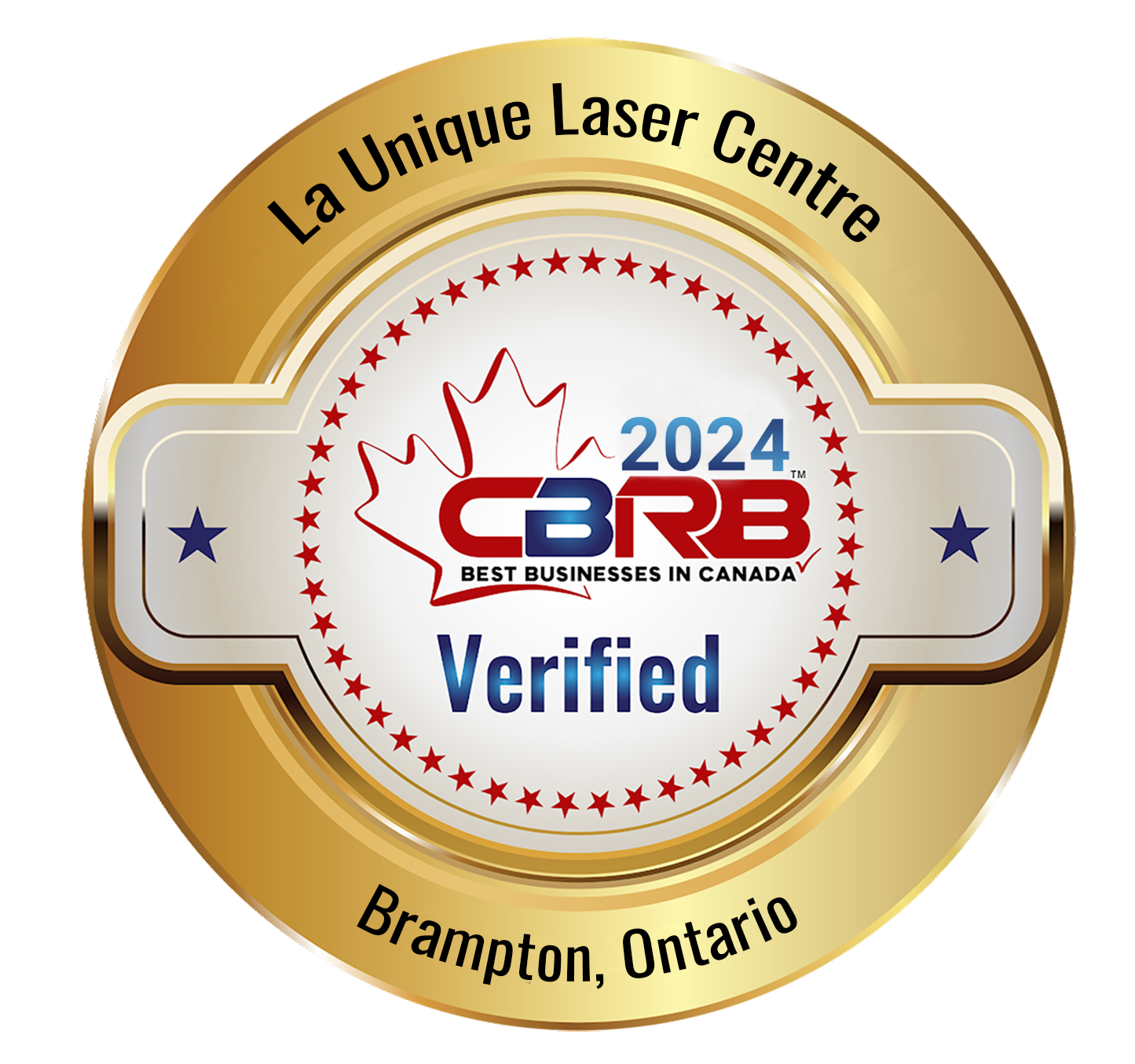Melasma
Dealing with melasma can be frustrating, with stubborn dark spots affecting your confidence. Our expert team is here to provide tailored solutions that target melasma, restoring your skin’s natural radiance and giving you the clear, smooth skin you deserve.
Need more information?
Stubborn Dark Spots On Your Face?
Melasma is a common form of hyperpigmentation, where dark spots or patches develop on the skin, most often on the face. Most people get it on their cheeks, chin, nose bridge, forehead, and above the upper lip.
While anyone can develop melasma, it is more common in women, particularly during pregnancy. It also affects women taking oral contraceptives and hormones. While melasma is widespread, especially in expectant mothers, the good news is that there are many effective treatments available.

Recommended Treatments for Melasma
Chemical Peel
Chemical peels work by exfoliating the outer layers of skin, revealing fresher, healthier skin beneath. Using specialized chemicals, this treatment helps dissolve damaged and discolored skin cells, stimulating the healing process and boosting collagen and elastin production. It effectively targets areas with excess pigmentation and encourages the growth of new cells that align with your natural skin tone. Quick, gentle, and effective, chemical peels enhance your skin’s overall tone and appearance.

Photo Rejuvenation
A photo facial uses intense light pulses to improve skin appearance by targeting melanin, the pigment responsible for skin color. This process helps reduce hyperpigmentation, including sun damage, fine lines, wrinkles, rosacea, and broken blood vessels. While effective for sun-related pigmentation, IPL photofacials are not suitable for treating melasma caused by hormones or medications.

Microdermabrasion
Microdermabrasion is a non-invasive treatment that helps improve the appearance of melasma by exfoliating the outer layer of skin. During the procedure, a specialized tool with an abrasive tip or vacuum suction is used to gently remove dead skin cells, revealing fresher, healthier skin beneath. This process helps to fade dark spots and even out skin tone by stimulating cell turnover and encouraging the production of new, more even-toned skin. For individuals with melasma, microdermabrasion can be an effective way to reduce the appearance of hyperpigmented areas, especially when combined with other treatments, while promoting smoother and more radiant skin overall.

Microneedling
Microneedling is an advanced treatment that uses ultra-fine needles to create tiny micro-injuries in the skin. Although it may seem surprising to damage skin for healing, this process stimulates your body’s natural healing response, helping to reduce the appearance of melasma. In addition to improving skin tone and texture, microneedling also offers anti-aging benefits by minimizing fine lines and wrinkles.

Results Take Time
Treating melasma requires patience, as results typically take time to show. It’s important to follow your medical aesthetician’s personalized treatment plan and stay consistent with your sessions and home care regimen. Melasma is a persistent condition, and gradual improvement is key to achieving long-lasting results. By staying on track with your treatments and using the recommended products, you can help reduce pigmentation over time and enhance your skin’s overall appearance. Consistency is crucial, so be patient and allow your treatment plan to work its course for the best possible outcome.
FAQs
Melasma is primarily caused by hormonal changes, often during pregnancy (commonly referred to as the “mask of pregnancy”), or by the use of birth control pills. Sun exposure, genetics, and certain medications can also trigger or worsen the condition.
While melasma can be effectively treated and its appearance reduced, it may not be fully cured. Treatment options can help fade dark spots, but melasma can sometimes return, especially with continued sun exposure or hormonal fluctuations.
Common treatments for melasma include topical creams, chemical peels, laser therapy, microneedling, and photo facials. A combination of treatments, guided by a skincare professional, can be the most effective way to manage melasma.
Results vary depending on the treatment and individual skin type. Typically, it may take several weeks to months of consistent treatment to see noticeable improvement. Patience and consistency are key to achieving the best results.
It’s important to consult with your healthcare provider before undergoing any treatments during pregnancy. While some treatments may not be recommended during pregnancy, there are safe options available, and your medical professional can guide you in choosing the right approach for your skin.









